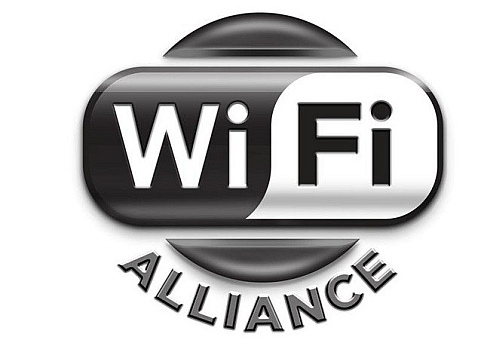 NEWS
NEWS
 NEWS
NEWS
 NEWS
NEWS
A prediction from Gartner, Inc. states that this year there will be 6.4 billion devices that will connect to the Internet, and by 2020, that number will reach 20.8 billion. In a pre-CES conference, the Wi-Fi Alliance announced a new Wi-Fi solution that will support the growing Internet of Things (IoT).
Called Wi-Fi HaLow (pronounced HAY-Low), this new wireless solution is designed to work with products that incorporate IEEE 802.11ah technology, which are typical of devices used in Smart Home devices and other IoT devices. It operates in frequency bands below one gigahertz, which allows it to offer longer range while consuming less power when it connects to Wi-Fi-certified products. This new solution aims to enable a variety of new power-efficient devices for smart homes, connected cars, digital healthcare, as well as industrial, retail, agriculture and Smart City environments.
“Wi-Fi HaLow is well suited to meet the unique needs of the Smart Home, Smart City and industrial markets because of its ability to operate using very low power, penetrate through walls and operate at significantly longer ranges than Wi-Fi today,” said Edgar Figueroa, president and CEO of Wi-Fi Alliance. “Wi-Fi HaLow expands the unmatched versatility of Wi-Fi to enable applications from small, battery-operated wearable devices to large-scale industrial facility deployments – and everything in between.”
Wi-Fi HaLow extends Wi-Fi into the 900 MHz band, offers a range twice as much as today’s Wi-Fi and will be able to transmit signals even in challenging environments. By operating below 1 GHz, it is able to better penetrate walls and other barriers but still adopts existing Wi-Fi protocols, allowing it to deliver many of the existing benefits consumers have become accustomed to, including multi-vendor interoperability, strong government-grade security and easy setup.
Devices that support Wi-Fi HaLow are expected to operate in 2.4 and 5 GHz, as well as 900 MHz. This allows for devices to connect with Wi-Fi’s ecosystem of more than 6.8 billion installed devices. Like all Wi-Fi devices, Wi-Fi HaLow devices will support IP-based connectivity to natively connect to the cloud, which will become increasingly important in reaching the full potential of IoT. Dense device deployments will also benefit from Wi-Fi HaLow’s ability to connect thousands of devices to a single access point.
Wi-Fi Alliance recently announced Implementer Member, a new membership category, that enables a wider variety of devices not historically thought of as high-tech, including vacuums and door knobs, to include certified Wi-Fi connectivity.
THANK YOU